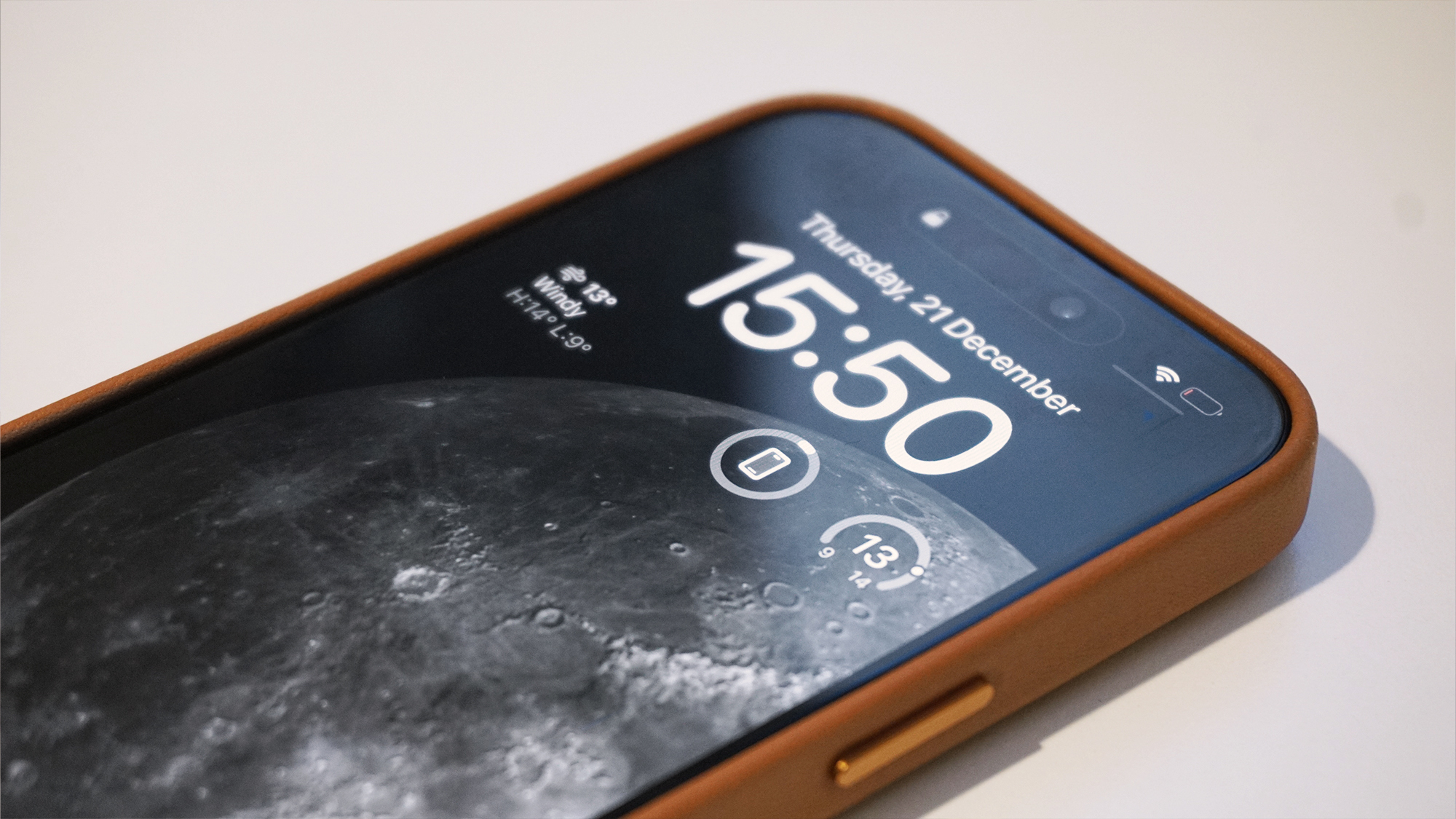It’s official – the iPhone 17 gets a big Wi-Fi boost from Apple’s new chip, but the Pixel 10 Pro still beats it

- Ookla has tested the Wi-Fi performance of multiple flagship phones
- The iPhone 17 range has performed especially well
- That’s largely thanks to its new N1 Wi-Fi chip, Ookla says
Before Apple moved its best iPhones to its all-new, in-house N1 wireless chip, the benefits weren’t exactly clear, and you would have been forgiven for being apprehensive about the move. According to a new study from network specialists Ookla, though, those fears appear to have been unfounded, and that’s great news for iPhone fans.
Ookla’s report states that the N1 chip delivers “material performance improvements over predecessors, pushing it ahead of many Android flagship devices in Wi-Fi.” It came to this conclusion by measuring its own “global, crowdsourced Speedtest Intelligence data from the six weeks after the iPhone 17 family of devices hit stores.”
The results speak for themselves. Compared to the iPhone 16 range (equipped with Broadcom-manufactured Wi-Fi chips), the iPhone 17 series with the N1 chip offers up to 40% higher download and upload speeds. If Wi-Fi speed is a priority consideration for you when upgrading your phone, that alone could be decisive.
The N1 chip offered other generational improvements. When comparing the 10th percentile – that is, the lowest 10% of all results – between the iPhone 16 and iPhone 17 ranges, the latter saw impressive progress. In Ookla’s words, that implies that “Apple’s custom silicon lifts the floor more than the ceiling” and should ensure you get better base speeds in many scenarios. In particularly challenging Wi-Fi situations, the N1’s 10th percentile speeds were up to 60% faster than those of the iPhone 16 roster.
Rising to the top

The findings are interesting because, on paper, the N1 chip doesn’t offer a huge spec advantage compared to the Wi-Fi chip in the iPhone 16 lineup. Both boast Wi-Fi 7 and Apple’s second-generation Ultra Wideband chip, and while the N1 uses Bluetooth 6 rather than its predecessor’s Bluetooth 5.3, the difference may not be stark. That might have led some people to assume that Apple’s latest iPhones would not offer much in the way of a Wi-Fi upgrade and could struggle against many of the best Android phones.
Yet Ookla doesn’t believe that's the case. Compared to the Android market, the iPhone’s N1 chip performed exceptionally well, hitting the highest 10th percentile score with a speed of 56.08Mbps, suggesting it’s a strong option if you know your Wi-Fi will be patchy.
On paper, the N1 might appear to be hindered by its channel width, which is capped at 160MHz compared to the 320MHz of some Android devices. But Ookla says this “does not materially affect performance in real world use for most people,” potentially because few people are using 320MHz-compatible routers right now.
Sign up for breaking news, reviews, opinion, top tech deals, and more.
In terms of numbers, the iPhone 17 range achieved the highest median download speeds in North America, with a score of 416.14 Mbps, putting it slightly ahead of the Google Pixel 10 Pro’s 411.21 Mbps.
Globally, though, the Pixel 10 Pro gets the edge, achieving median download speeds of 335.33Mbps to the iPhone 17 range’s 329.56Mbps. As for upload speeds, the Xiaomi 15T Pro was the clear winner, with a global median upload speed of 129.22Mbps, comfortably beating the iPhone 17’s 103.26Mbps and the Pixel 10 Pro’s 94.58Mbps.
It’s evident, though, that the iPhone’s N1 chip is no slouch. If you’ve been put off by concerns about the iPhone 17 range’s Wi-Fi performance now that it’s on a new Wi-Fi chip, you needn’t worry. It looks like it offers a serious upgrade over the iPhone 16 and has risen close to the top of the pack when compared to the Android competition. Not bad for a first outing.
Follow TechRadar on Google News and add us as a preferred source to get our expert news, reviews, and opinion in your feeds. Make sure to click the Follow button!
And of course you can also follow TechRadar on TikTok for news, reviews, unboxings in video form, and get regular updates from us on WhatsApp too.

Alex Blake has been fooling around with computers since the early 1990s, and since that time he's learned a thing or two about tech. No more than two things, though. That's all his brain can hold. As well as TechRadar, Alex writes for iMore, Digital Trends and Creative Bloq, among others. He was previously commissioning editor at MacFormat magazine. That means he mostly covers the world of Apple and its latest products, but also Windows, computer peripherals, mobile apps, and much more beyond. When not writing, you can find him hiking the English countryside and gaming on his PC.
You must confirm your public display name before commenting
Please logout and then login again, you will then be prompted to enter your display name.